Experiments in photography: The Canon EOS R50
Older. Yes, Wiser? No.
- Age is a social construct. Frequent flyer programmes, doubly so.
- Morning coaches. Coach Fun and comedies
- British Airways Galleries North Lounge, Heathrow Terminal 5
- BA772 London Heathrow to Zurich (Eurotraveller)
- Into Zurich
- Experiments in photography: The Canon EOS R50
- Back to Zurich Airport and a dreaded Text message
- IC3 Zurich Airport to Basel Hbf
- To EuroAirport Basel and The Queue from Hades
- The Skyview Lounge, EuroAirport Basel
- BA749 Euroairport Basel to London Heathrow (EuroTraveller)
- Little Britain at its worst
- Older yes. Wiser? Dear deity… of course not!
On my last Chicago Trip, I added to my camera family, with a Canon EOS R50 joining the team. Whilst I love (ok, that’s a strong term… enjoy) working with the EOS R, it is a big camera, and that has positives, as well as negatives.
And size is everything, especially when on the move. Lighter-weight equipment, along with something you can shove in your pocket when travelling is never a bad thing.
In the past, I’ve used a Canon 100D as my “lightweight camera” and whilst it is a solid body, it is showing its age – especially in things like Autofocus performance, as well as some things not exactly working how I’d like – no matter how many times I reset the batteries.
The EOS R50
The Canon EOS R50 fits into the space that’s been vacated by the EOS M50 (Canon’s previous attempt at a mirrorless mount), and I’d argue, some of the lower-cost “Rebel” family, as well as the EOS-M Mount cameras that we’ve seen in the past.
The EOS R Family has widened out a lot since I went Mirrorless, with the R3 at the top end, and the R100 at the bottom end, with many different cameras appearing (from the RP, R5, R6, R7, R8 and R10). So there’s a lot more choice in quality, quantity and usability, as Canon goes fully mirrorless through their range.
This applies also to the mount, which abandons the classic EF mount and the EOS-M Mount for the larger RF Mount. Whilst the RF mount can be adapted back to the EF mount, you won’t be able to mount your M-Mount Lenses (all seven of them).
This compares to the 40+ Lenses and Adaptors that the RF family has – three of which are the RF-S design.
There is also movement in the size of the sensor – whilst the first units out were Full-Frame (35mm equivalent), it’s taken time for the APC-C (1.6X Crop) cameras to appear. These have the upside of cutting costs thanks to a smaller sensor, at the cost of a crop factor.
That has benefits and pain points – depending on your mood.
The body
It’s tiny at 116.3 x 85.5 x 68.8 mm as a camera body, with the kit lens adding not a lot more to it. It has a base weight of 328g. although this will be dependent on your choice of lens and batteries.
Storage
This camera uses SD Cards, rated at UHS-I. This opens up a lot of cards to use. For my testing, I used a Sandisk Extreme 64Gb SD Card (rated as an SDXC Card, Class 10, V30, UHS-I 150mb/s). You can also use UHS-II cards, but won’t be able to take advantage of the speed these cards offer, compared to other cameras
Batteries
The EOS R50 utilises a Canon LP-E17N – a much smaller power pack than I’m used to using.
As such, I drained a battery over the course of a day. It’s rated for 440 photos using the tilt/flip screen, and 330 using the Electronic viewfinder. I got the best part of 1300 images shot in CRAW mode, with a couple of videos for fun.
Of course with camera batteries, it does depend on your use of it, the environment, temperature, how long you leave the screen on, etc.
With fully compatible batteries, you can charge over USB-C – more than a usual feature when on the road.
The Camera can also accept clone LP-E17 batteries – but you’ll need to test how these work for you, as well as their life and so on.
Lens
I’m using the bundled lens with this camera, which is an RF 18-45mm lens – which is a plastic lens with a plastic mount (as opposed to a metal mount), with glass elements. The lens retracts when not in use, and extends and pulls back akin to the EF-S 18-55mm.
When used with the EOS R50, with a 1.6x sensor crop, this lens operates as a 29mm to 72mm lens.
It’s no optical powerhouse, by any stretch of the word, but it can get you out of more than a few scrapes, For those who are looking for this to vlog with, this probably isn’t a good thing as you need wide lenses (such as the EF-S/RF-S 10-18mm, or the RF-S 10-18mm.
As I’ve noted, the lens does suffer from vignetting and poor corner sharpness, along with enough Chromatic Aberration to make you think more than once if you have choices in lenses. It does however have Image Stablisation, as well as a quiet Stepping Motor – not as quiet as an Ultrasonic Motor, but “good enough”.
The Digital Picture has an in-depth review of the lens, as well as noting a few issues I had on the way (for example, diving into menus to shift in and out of manual focus).
Again, as I mentioned above, you can use an RF to EF adaptor to mount your current Canon EF Lenses, whilst maintaining Autofocus, Metering and other features. I’ve used both Canon official and generic converters without issue – your mileage will vary.
Onto the photos
But anyhoo, On with the photo show – with some commentary along the way.
We’ll kick off at Zurich Station, as there are trains. And at Economy Class and Beyond, we like trains.

OOB Railjet (with a Siemens Taurus preparing to push the train out). The shade of red pops out nicely here from the grey concrete.
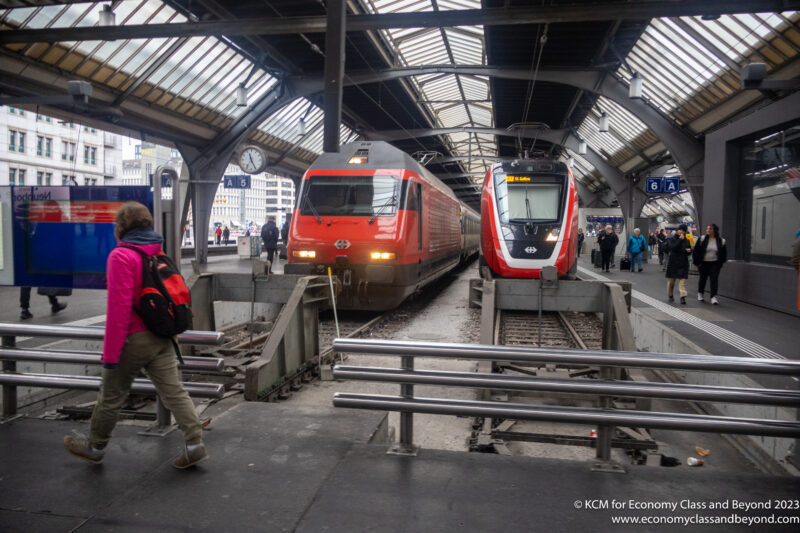
SSB RE460, and a Bombardier TwinDexx Swiss Express – Again, we have lots of colour.
Heading out, I headed to Migros to do more than a little shopping for chocolate shopping (because as it’s well-known, Swiss supermarket chocolate can be a lot better than most branded chocolate).
I wandered onto Bahnhofstrasse and saw this green.. thing.
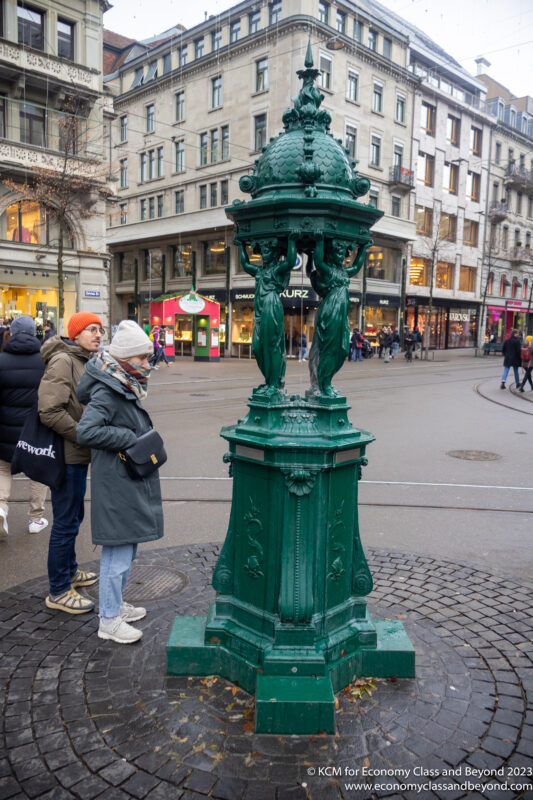
You’ll notice the top right corner, where the light is falling off.
There were a few Christmas market-style shops around, providing entertainment in the city.
As well as interesting shooting possibilities
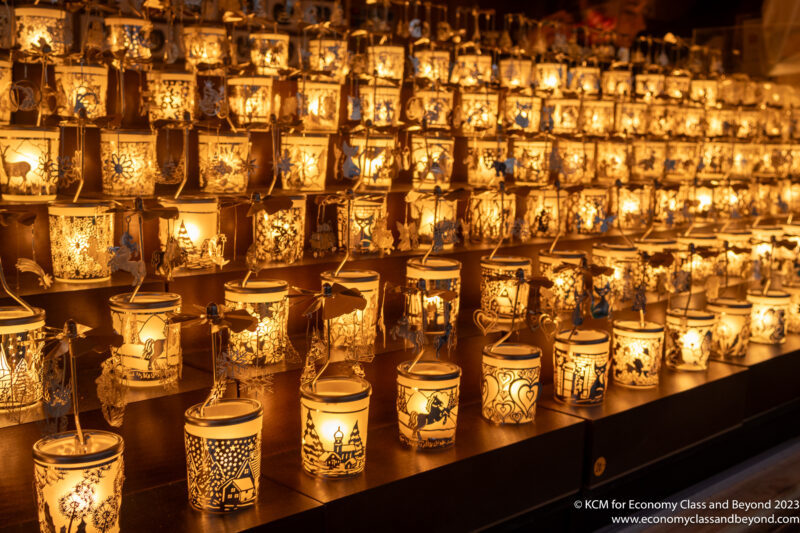
I’d go as far as to say this was my photo of the trip. I love the warmth of this photo.
I headed down Bahnhofstrasse towards the Bahnhof and the river – as that seemed like a good idea for some reason, It’s also a good place to watch trams at work and how they form the local travel backbone,
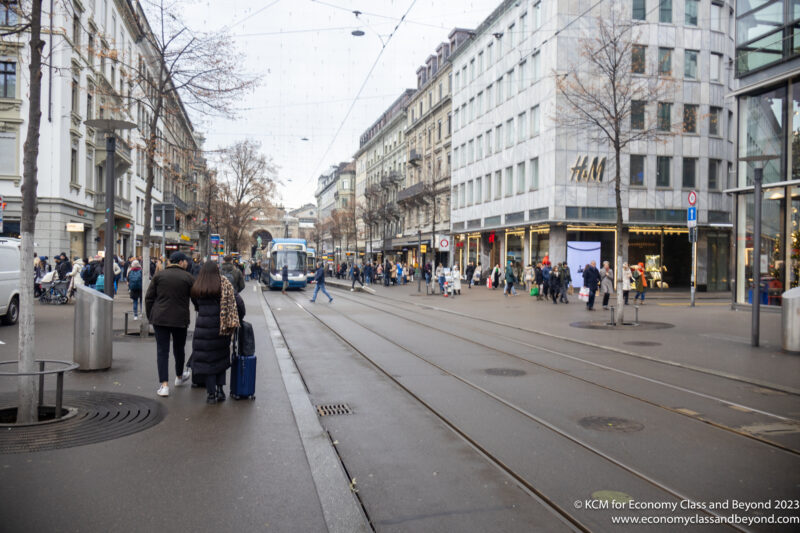
With a bit of light, the corners brighten up considerably.
I proceeded to cross the Limmat River and hugged close to the road and trams, taking my time as I walked down it.
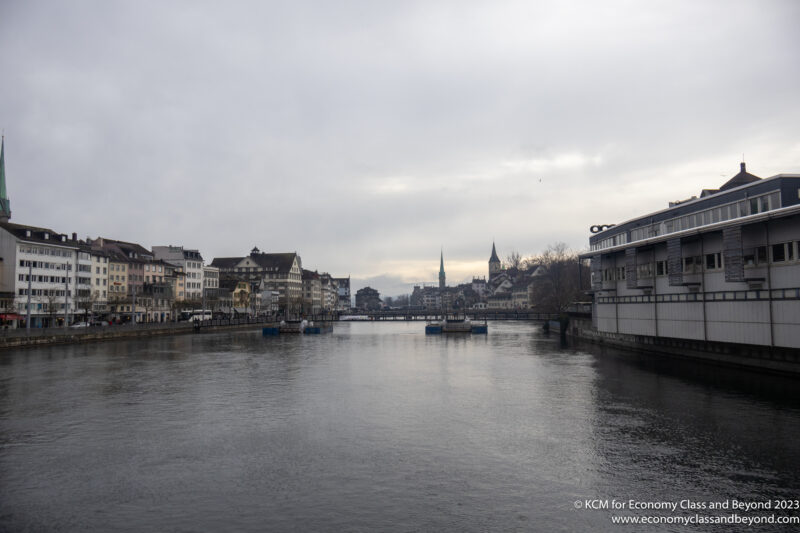
You need to drive the lens much more open than you might like sometimes. Depending on your situation, you may find that a little hard to do.
There was a circus on the river – an interesting touch
Testing the burst function, some tourists were feeding local swans and birds. I’d say the EOS R50 caught them reasonably well, even if the RAW buffer is around 8 images on the SD Card I’m using. At best you can get 12 frames per second with a mechanical shutter, and 15 with an electronic shutter.
It worked “well enough”, but a better SD Card might be needed.
I did notice the drive mode kept slipping from High-Speed Shooting (my preferred shooting method) to a 2-second delay. Interestingly, this is a handling issue – as my hands were adjusting the shutter method. This is where a lock button would be useful – however, this is something you won’t see on a lower-cost body.
It’s a good idea to look behind you occasionally – you’ll never know what you’ll see.
Crossing the bridge, to where Lake Zurich begins, trams are taking over the area.
Although looking out on Lake Zurich, it was a grey, but interesting day.
Nearby was the Opera house, where Zurich had its Christmas market, And of course, I’m like a moth to the flame when it comes to a nice Christmas market.
Nearby was a Santa tram, taking children for a trip around Zurich. I like this a lot – although an adult version, with some be,er would be good (akin to the Helsinki beer tram).
Overall:
I’m still getting to grips with the camera. There are lots of things to like, but some of the placement of the buttons is … annoying. Also, I’ve got to get this thing in the studio (as well as fix the one annoying problem this camera has – a cold shoe instead of a hot shoe.
Because no matter what Canon says, the thing installed on the EOS R50 is a cold shoe, which requires an adaptor to enable the hotshoe.
More on that another time – but there’s plenty to like with Canon EOS R50
Welcome to Economy Class and Beyond. Your no-nonsense guide to network news, honest reviews, in-depth coverage, unique research, as well as the humour and madness I only know how to deliver.
Our Social Media pool has expanded. You can find us across most networks as @economybeyond on Twitter, Mastodon, BlueSky, Threads and Instagram!
Also, remember that we are part of the BoardingArea community, bringing you the latest frequent flyer news from around the world.
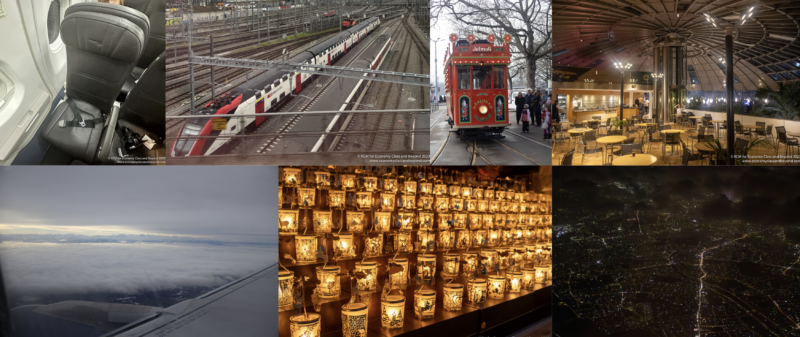
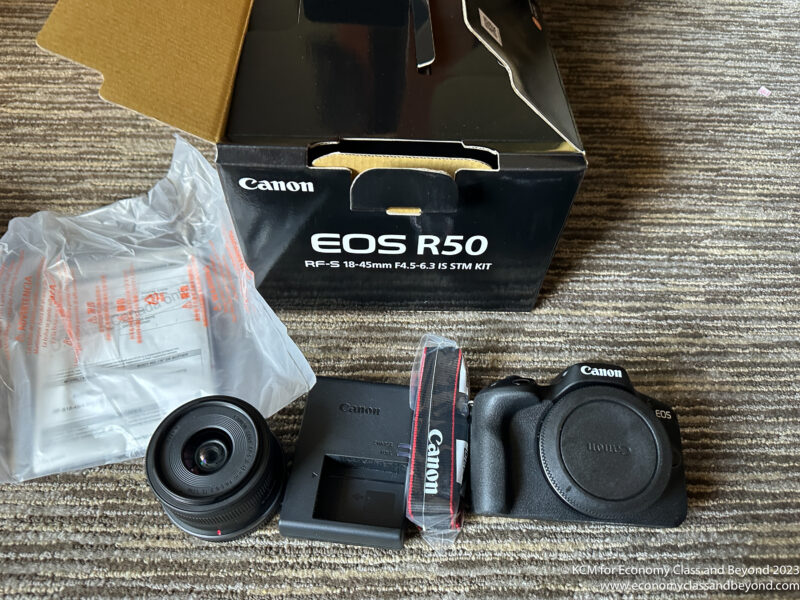
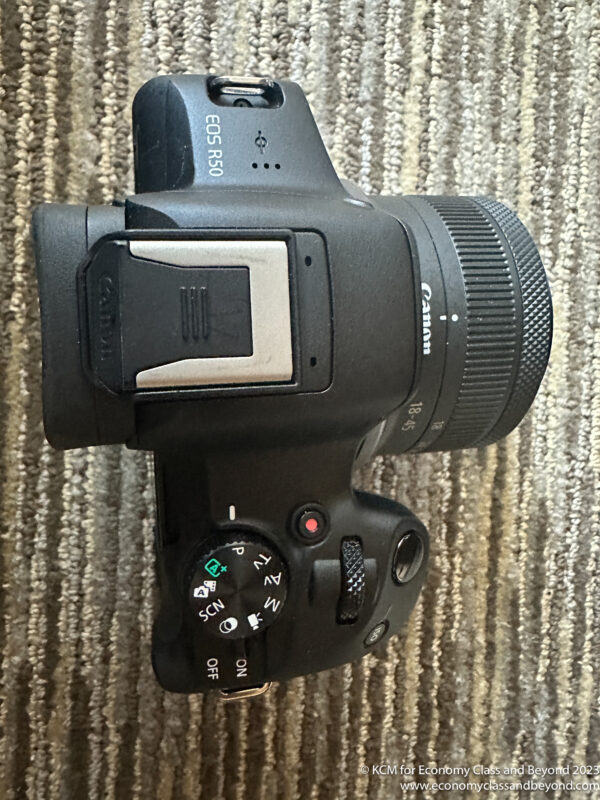
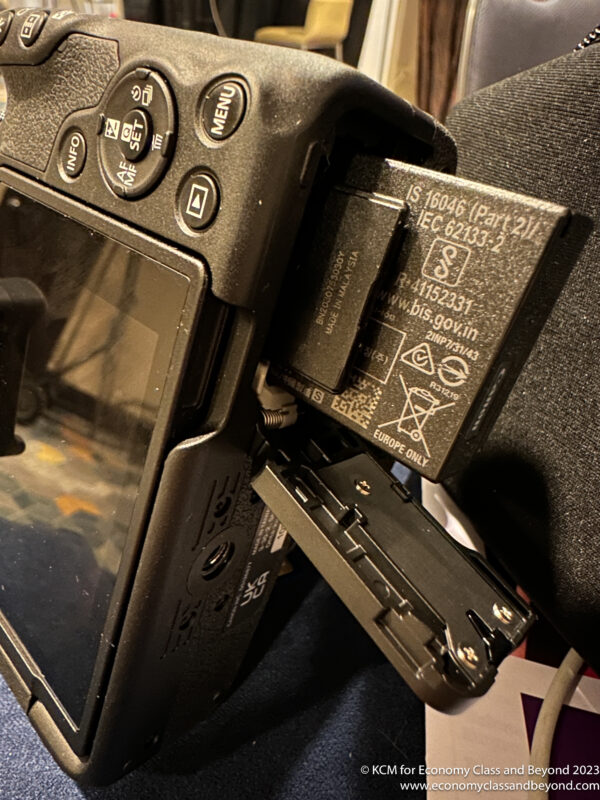
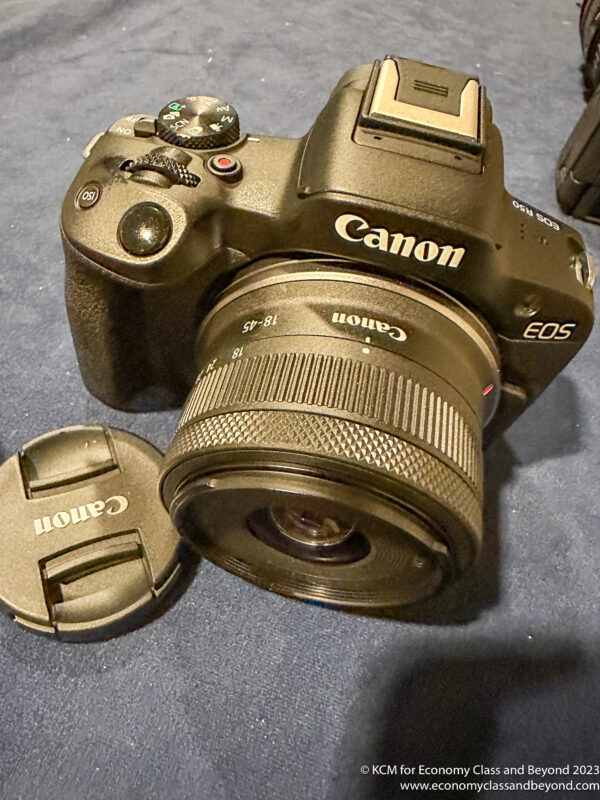


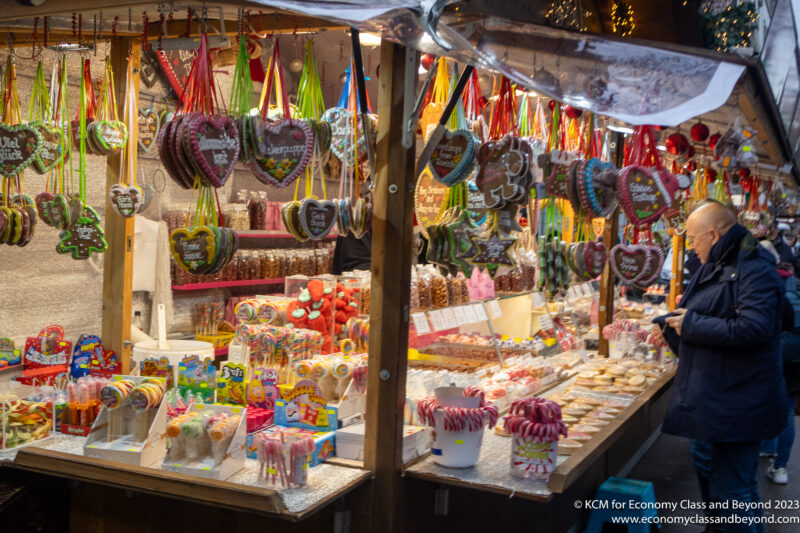
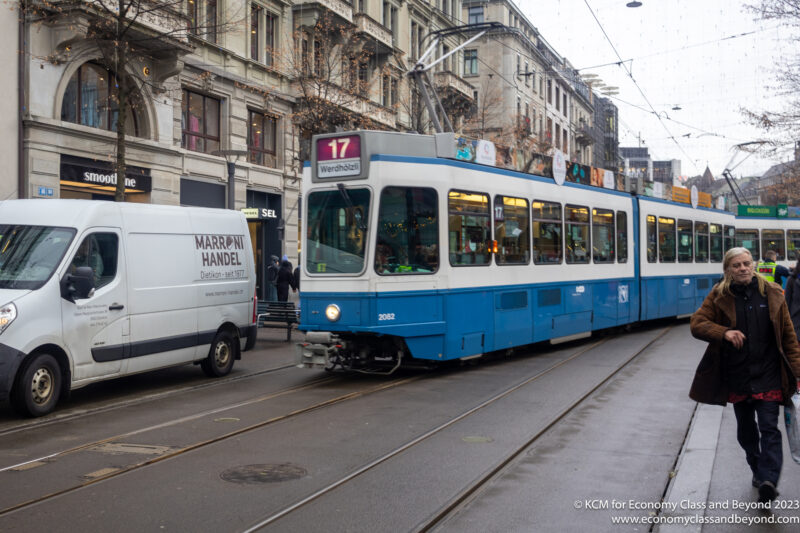
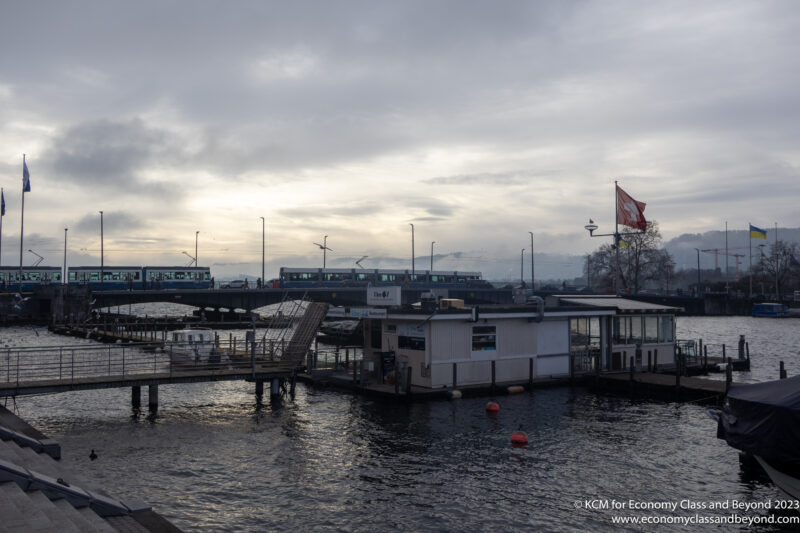
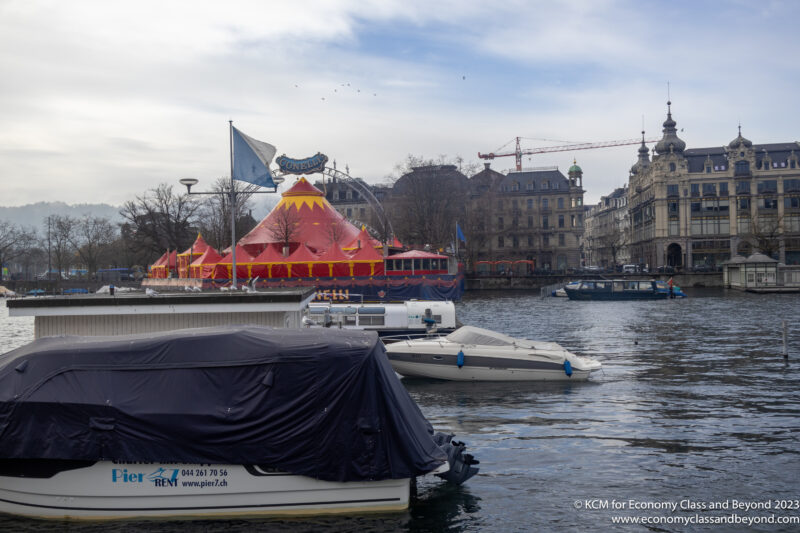
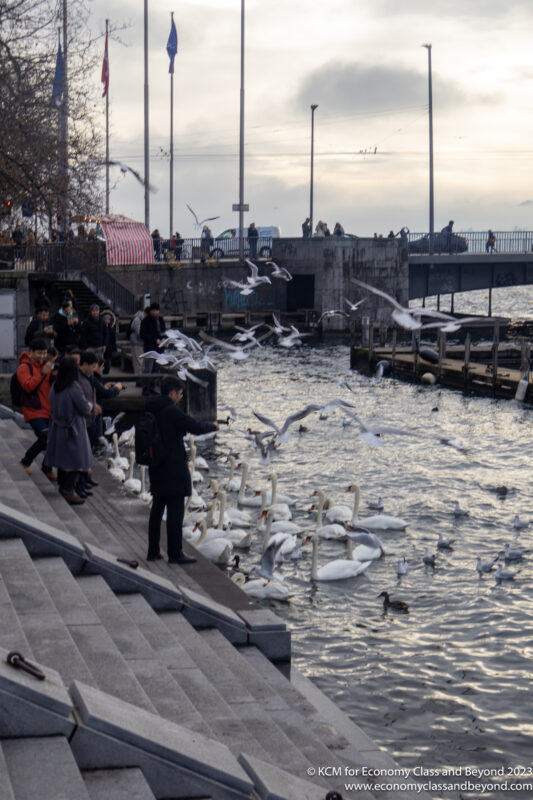
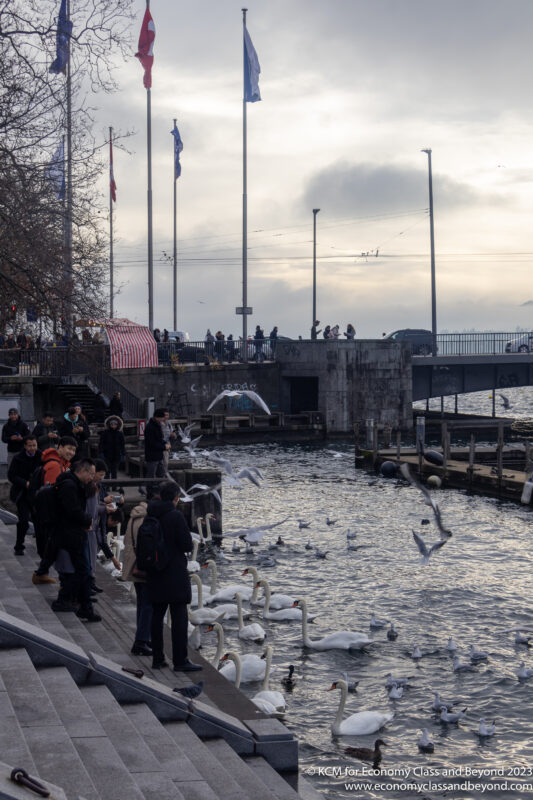
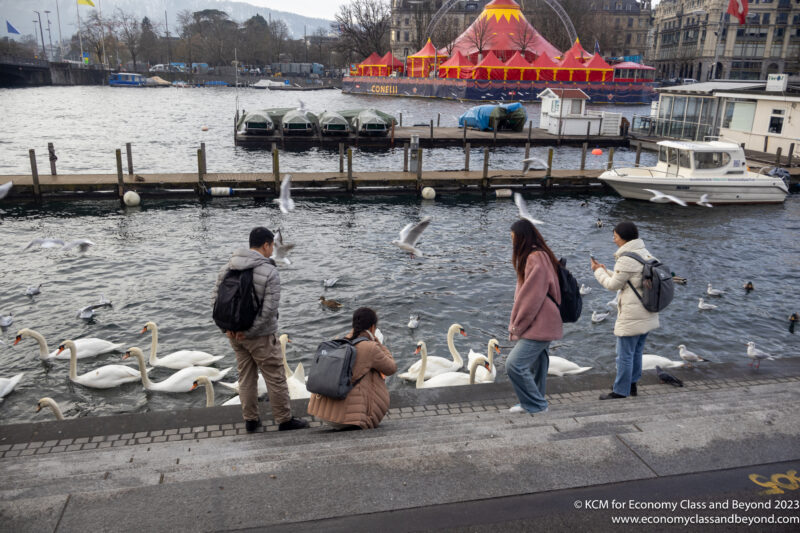

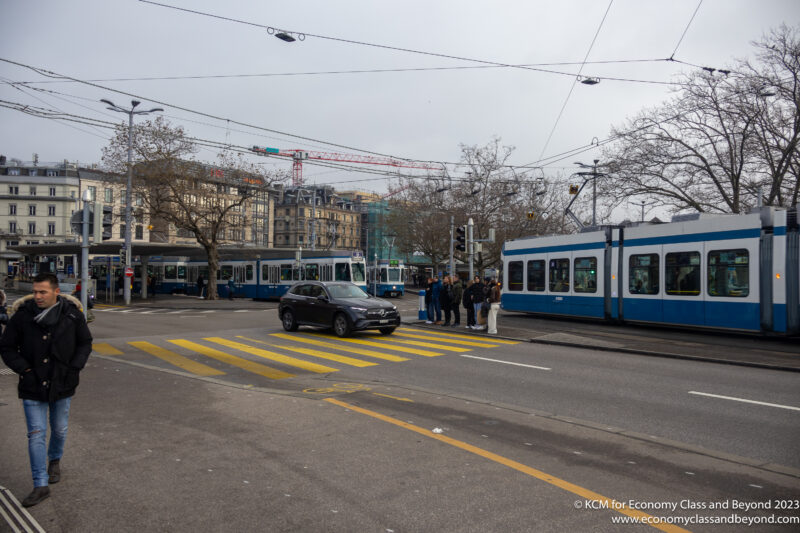
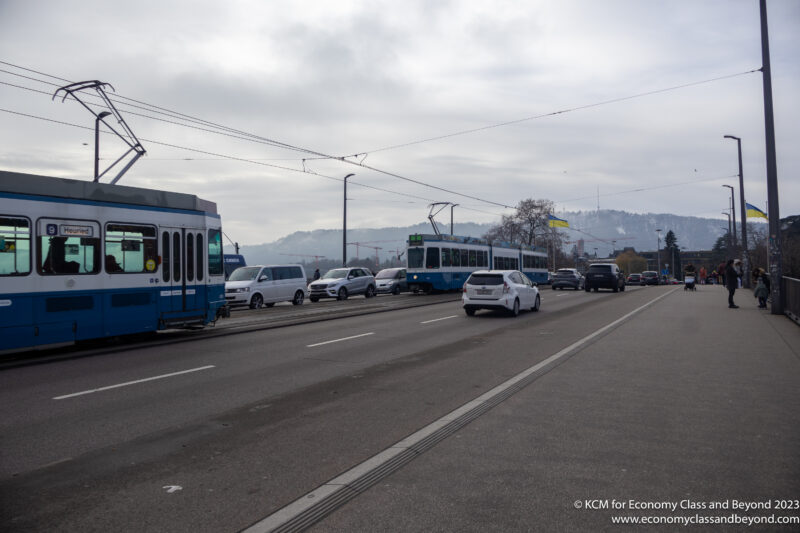

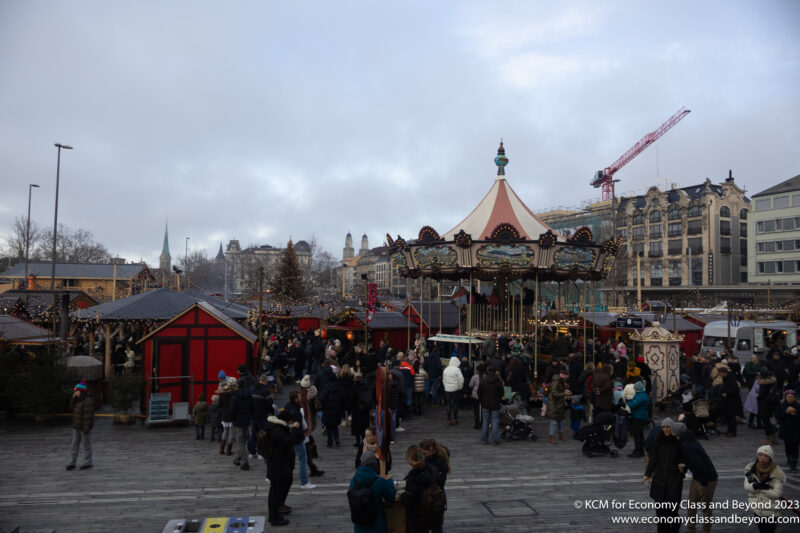
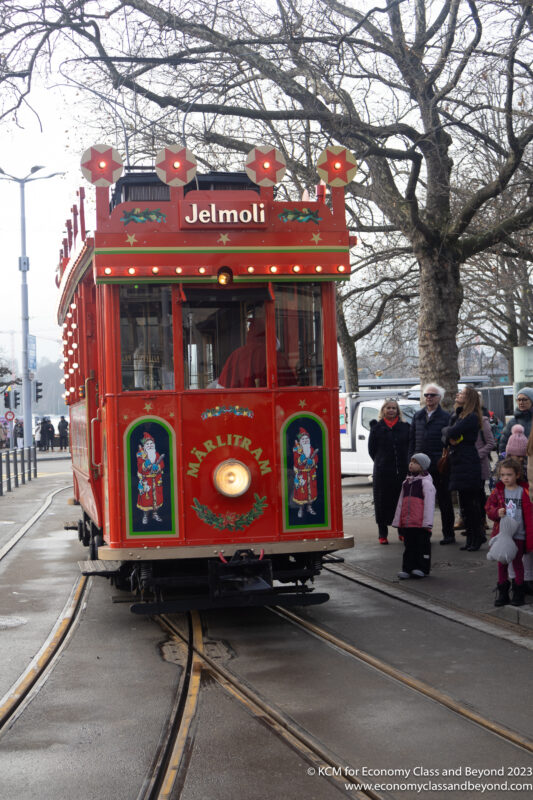
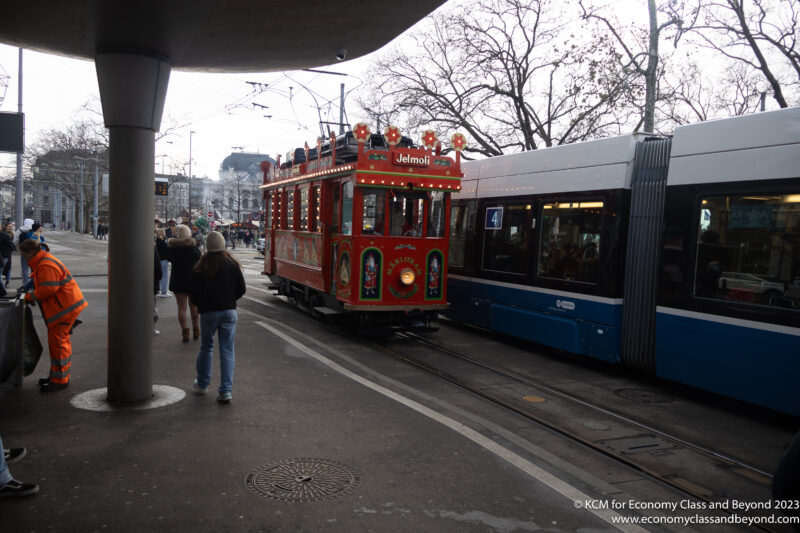
Great article. Plenty of good samples to make own real life judgements. Love that.
Funnily what you have seems to be on par with my retired 650D (18MP APS-C) + Tamron 18-270. Suited me and my travels very well for 10 years. Survived footpath impact twice too!
So I’m wondering whether a better lens on the R50 would produce better IQ than your samples?
I’ve now bought: RP (FF 26MP)+ RF24-240. Love it.
1. It’s limitations don’t worry me. eg don’t do video.
2. JPEGs produced by Canon seem to fix all those technical pixel peeper glass issues very well. ie cheaper lens + software = dearer lens results!
3. Before I bought my RP, I compared it to my old setup. Cameras side by side, inside low light and outside in decent light. Wide to middle to full stretch for both. Cropped images from the FF setup were far superior to the APS-C setup. ie For same subject size print, I would lose nothing by switching to the RP + 24-240. But that was aging 18MP APS-C + Tamron versus then new 26MP FF + Canon.
I’m now considering adding: R50 (APS-C 24MP) + RF 100-400 for African safari work.
I’m trying to achieve more reach with reasonable IQ and at reasonable price. I’m hoping this time, the 24MP APS-C @ 400mm (effective 640mm) will do better than either the RP FF 26MP 24-240mm cropped image AND the 100-400mm cropped image.
Adding the R50 + 100-400 would mean:
No lens swapping (to get under 100mm) in less than ideal environment.
No missed opportunities whilst swapping.
Anyone any thoughts or any examples?